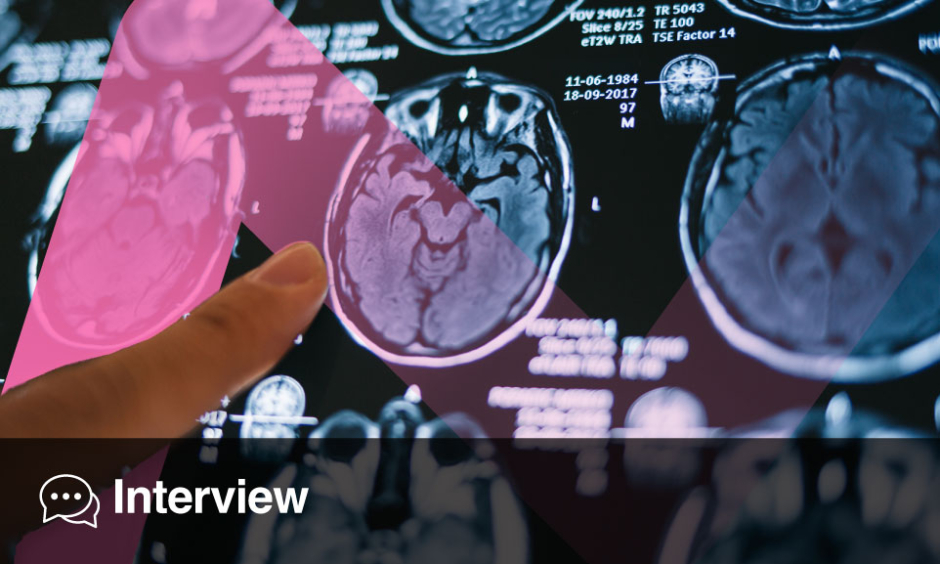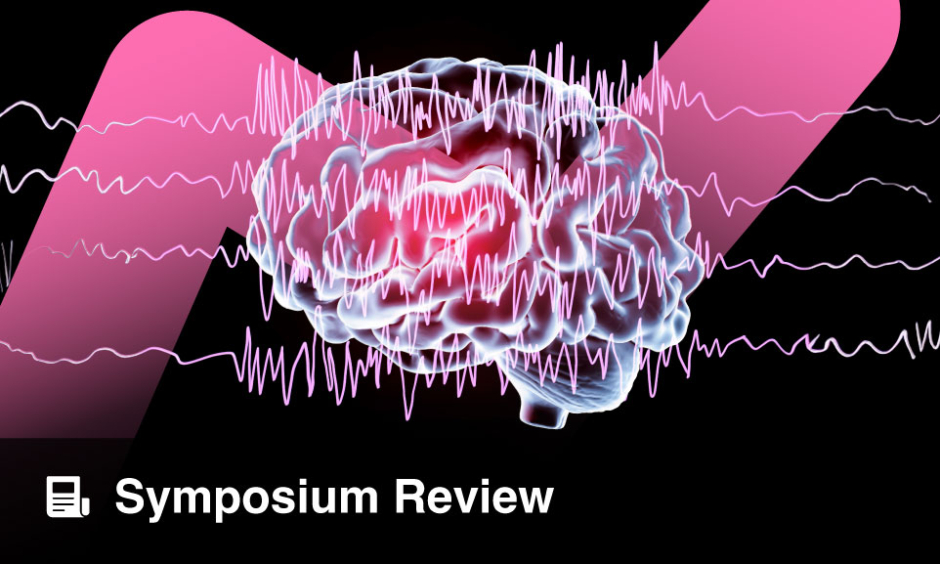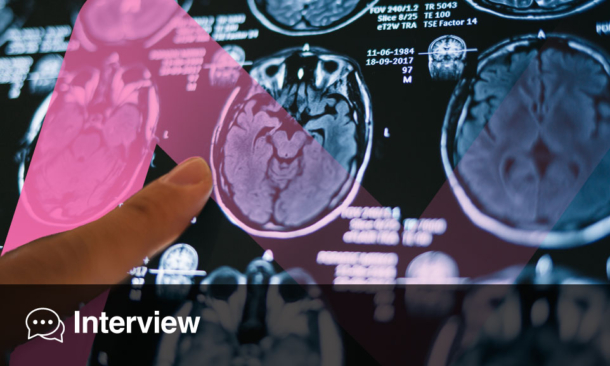IN a breakthrough meta-analysis designed for clinicians and healthcare professionals, machine learning tools have shown promising accuracy in predicting hemorrhagic transformation (HT) in patients with acute ischemic stroke (AIS). As the risk of HT continues to complicate stroke recovery and lead to poorer outcomes, identifying patients early could significantly alter treatment pathways and outcomes.
The systematic review by Wang B et al. synthesized data from 83 studies incorporating 106 machine learning models and outcomes from over 88,000 stroke patients, nearly 10,000 of whom developed HT. The models, tested across 104 validation datasets, achieved a c-index of 0.832, a sensitivity of 82 percent, and a specificity of 78 percent. These metrics underscore the potential utility of artificial intelligence in refining risk stratification and decision-making in stroke care.
The authors utilized the PROBAST tool to evaluate risk of bias and conducted subgroup analyses to examine the influence of treatment background, diagnostic definitions, and hemorrhagic transformation types on model performance. Notably, models integrating both clinical data and radiomics showed the highest predictive accuracy.
While current prediction tools for HT remain suboptimal, this review offers evidence that machine learning—particularly when merging multimodal data—could become a cornerstone of future stroke management strategies. As healthcare moves toward precision medicine, these findings may support the development of robust clinical decision support systems aimed at reducing complications and improving recovery in stroke patients.
Clinicians should consider the integration of such technologies into their practice, pending further validation and refinement, to support proactive stroke management and individualized care planning.
Reference:
Wang B et al. Early Predictive Accuracy of Machine Learning for Hemorrhagic Transformation in Acute Ischemic Stroke: Systematic Review and Meta-Analysis. J Med Internet Res. 2025;27:e71654.







